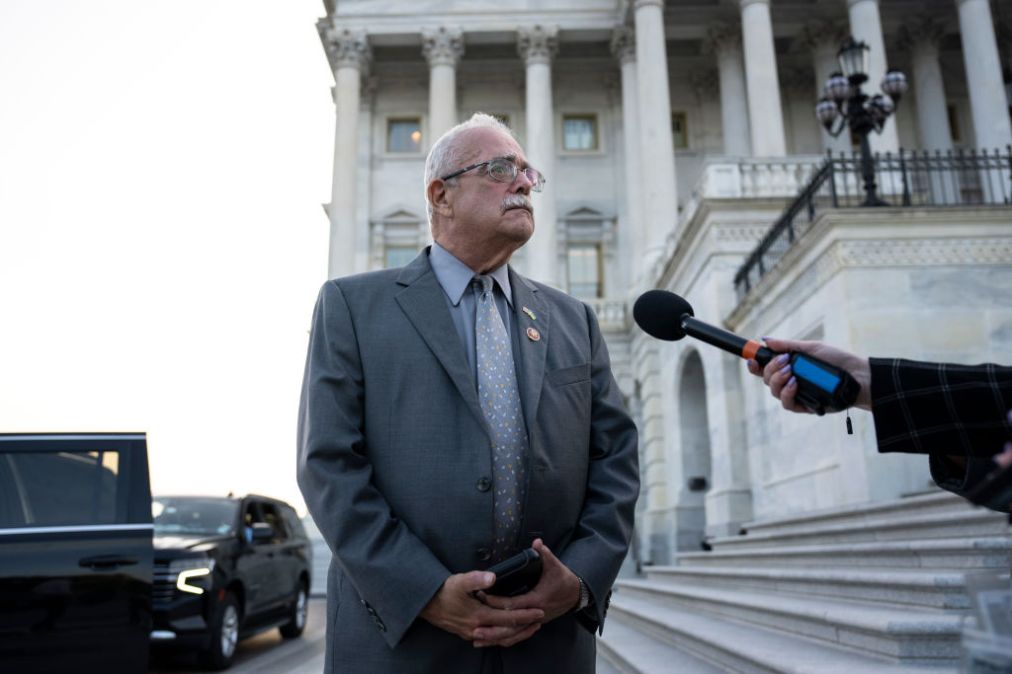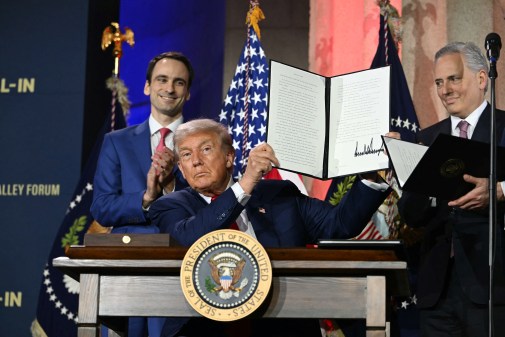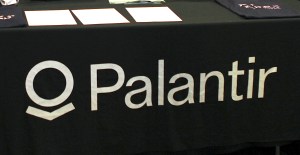Connolly wants House Oversight to look at modernization and AI

As Rep. Gerry Connolly begins his new role as ranking member for the House Oversight and Government Reform Committee, prioritizing federal IT modernization and management and artificial intelligence are top of mind for the Virginia Democrat.
In an interview with FedScoop last week, Connolly said he plans to work with committee’s Chairman James Comer, R-Ky., to elevate the Federal Information Technology Acquisition Reform Act (FITARA) scorecard hearings to the full committee level. Additionally, he is focused on positioning agencies to get rid of legacy IT systems with the help of the Technology Modernization Fund.
He’s also zeroing in on the deployment of AI and the need for an “AI-savvy” workforce, which he said have to go “hand in glove.” Connolly emphasized familiar messages of needing to safeguard the public from AI’s harms and realizing its potential, in addition to saying that President-elect Donald Trump’s promise to shutter the Biden administration’s executive order on AI would be a “mistake.”
“We’ve got to have the federal government ready and able when it comes to AI, not only awareness but deployment and security,” Connolly said.
FITARA
As the former ranking member of the House Oversight and Accountability Subcommittee on Cybersecurity, Information Technology, and Government Innovation, Connolly has led the way on FITARA, the scorecard for how federal agencies are faring in a variety of IT-related areas. Connolly said he spoke with Comer last week about having two FITARA scorecard hearings per year before the full committee, and he’s “hopeful that we might be able to achieve that.”
While Comer hasn’t promised anything, Connolly said that he’s “ going to elevate the issue” and that Comer “knows that this is important.”
FITARA has led a significant amount of savings on federal IT projects, the Government Accountability Office said in a 2022 report, a fact Connolly attributed to the scorecard’s creation and consistency.
Connolly believes there are more savings to be had, pointing to low-hanging fruit such as modernizing legacy government IT. That could align with the interests of the Department of Government Efficiency’s goals to save the government more money and reduce waste, fraud and improper payments.
“That’s the kind of commitment and persistence that is going to be required if we’re going to actually ring out savings that are to be had,” Connolly said of DOGE. “If you’re willing to take a thoughtful approach to government investment and government R&D, you’ll find me a willing partner.”
Technology Modernization Fund
Despite Connolly’s goals to save on IT spending, he’s also well aware that federal agencies are not in a position to handle modernization adequately as it pertains to the budget. The costs of maintenance and operation make up a reported 80% of federal IT budgets, and Connolly said bigger, legacy-based systems will require multi-year, multi-billion dollar investments.
“We’ve got to have adequate capital to incentivize agencies to take the plunge and retire these legacy systems,” he said. “And every day we don’t, they get older, they get more vulnerable, they’re less compatible with software and they cost a lot more money to operate.”
Connolly said he believes the TMF, which helps agencies fund modernization projects that do not fit into their existing budget, should be “slightly north of $3 billion,” growing every year with inflation.
“Given the fact that we spend over $100 billion a year in it, a bond of $3 billion would be 3% of that,” Connolly said. “It’s not something that breaks that bank or is out of line, and it has a huge return on it.”
With the DOGE’s attention so far focused on the inefficiencies of government IT systems, Connolly said he hopes the group will push for more TMF funding. Elon Musk, who co-leads DOGE with Vivek Ramaswamy, has separate funds for internal research and development and for investments within one of his companies, Connolly noted.
“They’re treated separately than your normal operating budget, and the federal government really doesn’t do that,” Connolly said. “As we’re looking at IT modernization management, we’ve got to do that. We’ve got to understand there’s a return on these kinds of investments.”
The mechanism for additional funding, according to Connolly, should be the TMF. He said that the Modernizing Government Technology Act, which created the fund, charged agencies to put the savings they have achieved through FITARA into a working capital fund.
“Many of the agencies have done that, and that’s part of the scorecard, too,” Connolly said. “Not every agency has done so yet. Some of them claim to have legal impediments; I don’t know if that’s true.”
Artificial intelligence
Connolly said that AI has to be part of the full committee’s agenda, given that the technology is “exploding by leaps and bounds, and the federal benefits can’t be left behind.”
The government has to look at the whole composite picture of AI, he added, meaning workforce, training, funding, investment, deployment, creation and guardrails. He said the Biden executive order was a “really good start.”
Connolly said that he also wants to make sure that “we’re protecting privacy and security with whatever regulatory regime we end up embracing, both in the executive branch and in terms of legislation of Congress.”
Trump campaigned in part on a promise to repeal that order, but Connolly said he hopes he reverses course on that.
“I don’t know why he would want to rescind that,” he said. “I think, frankly, if you do that, then it’s the wild west.”






